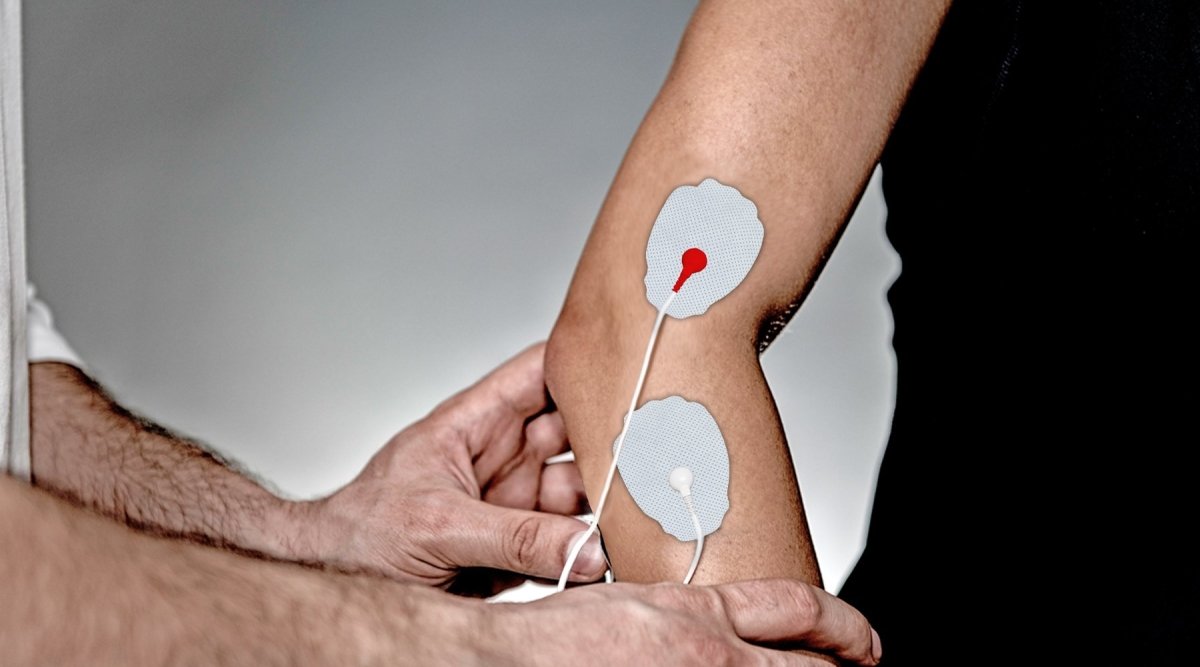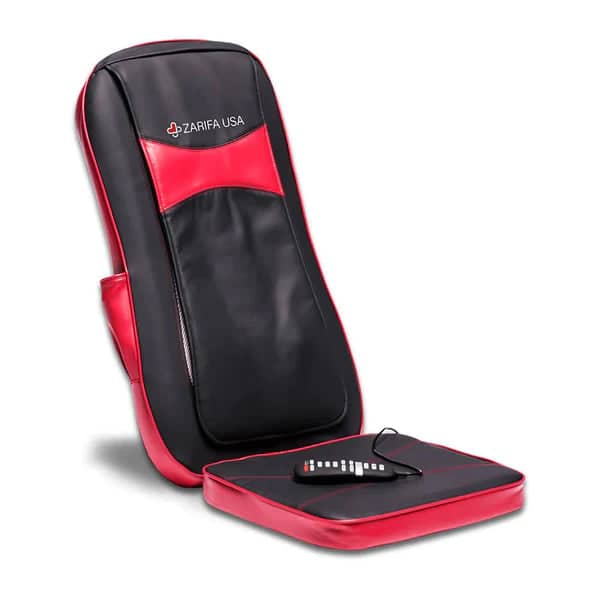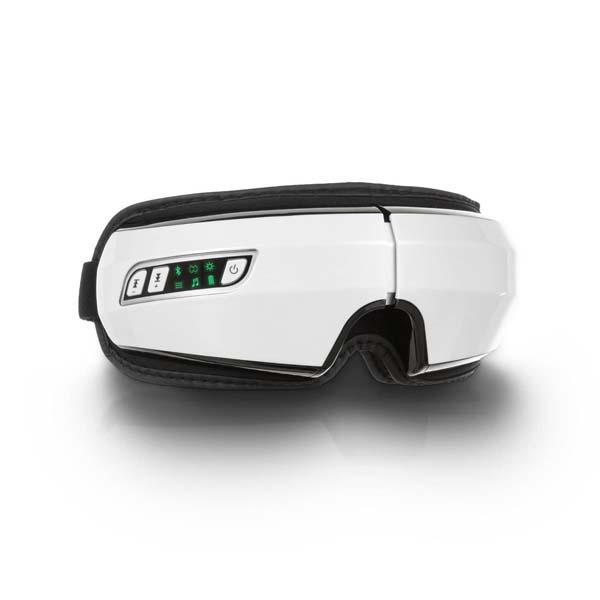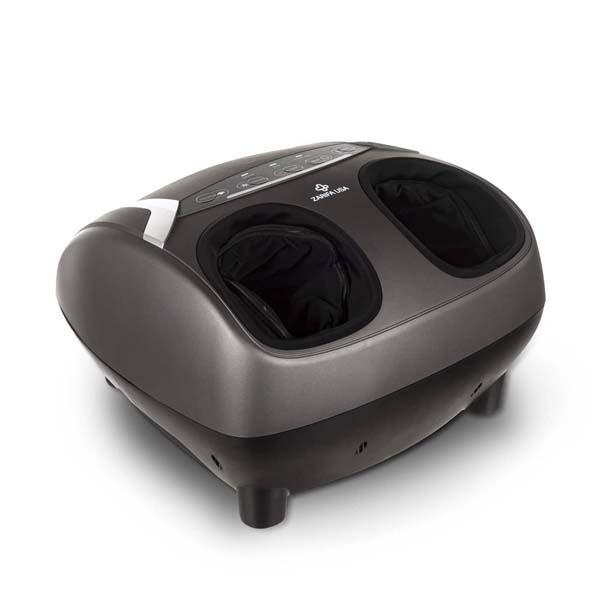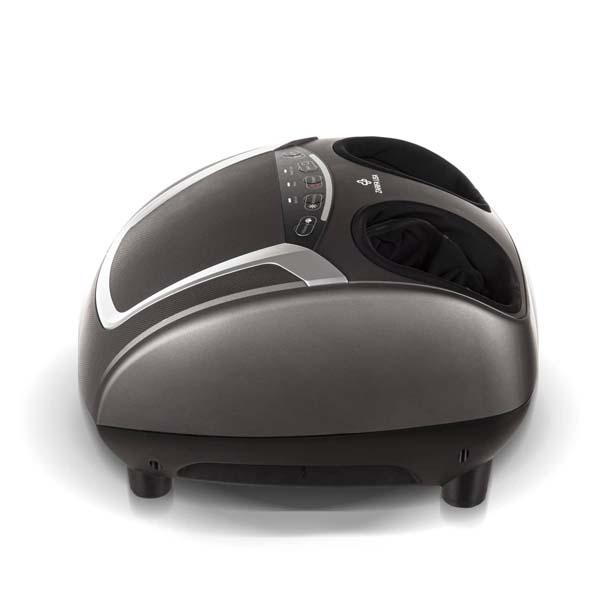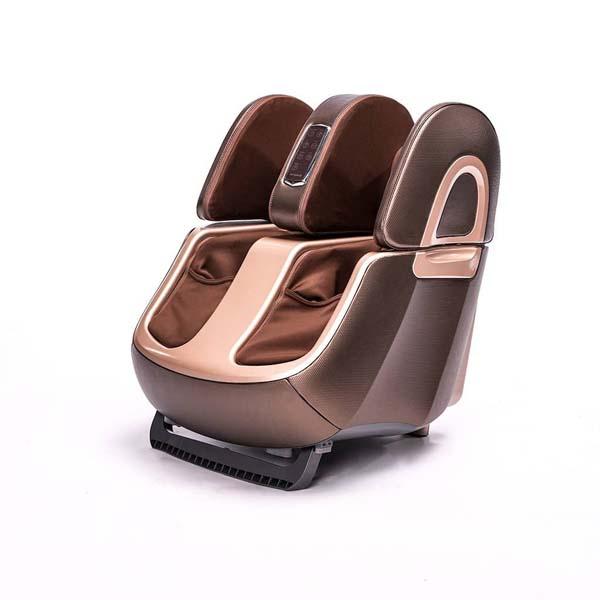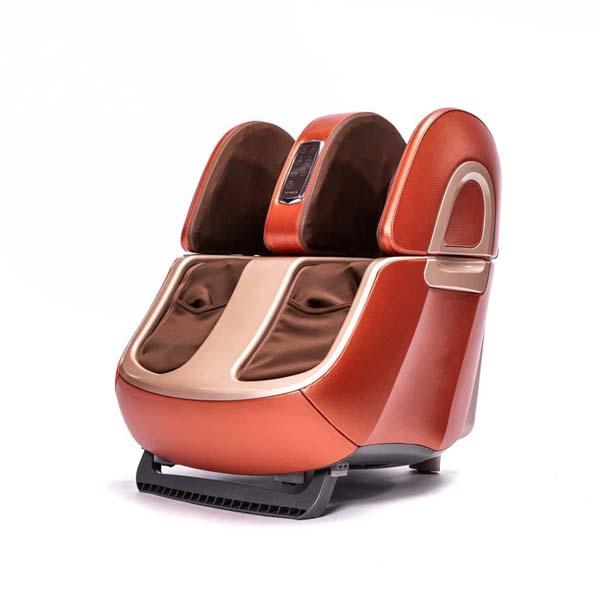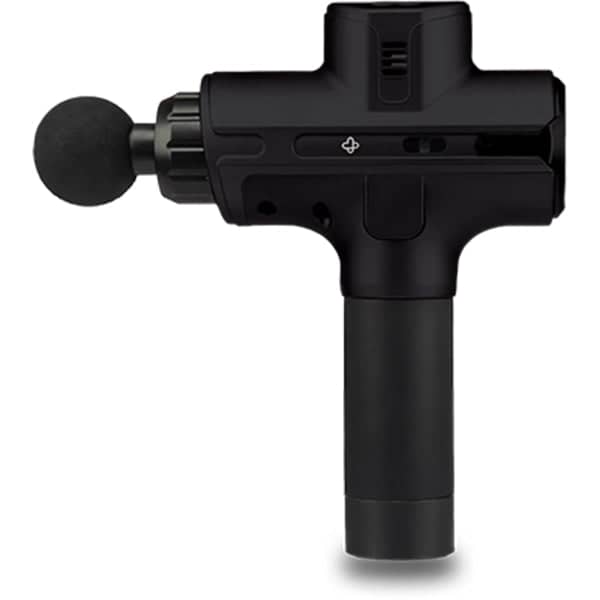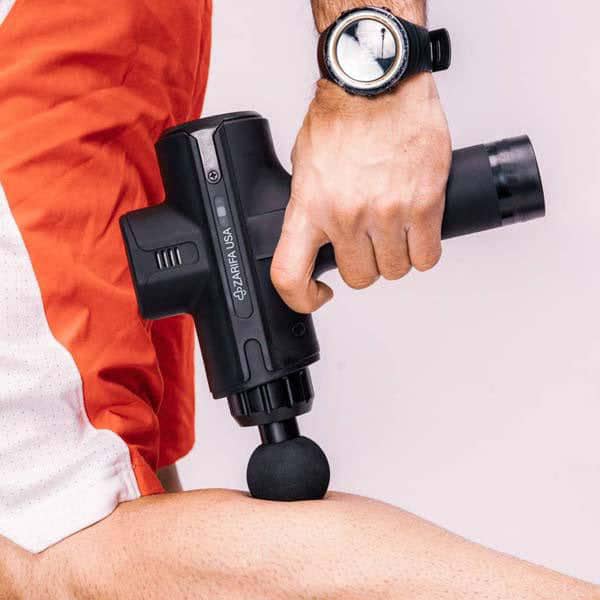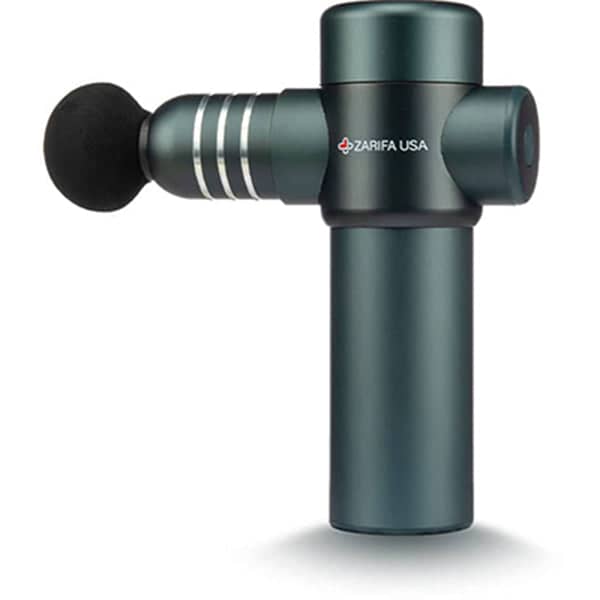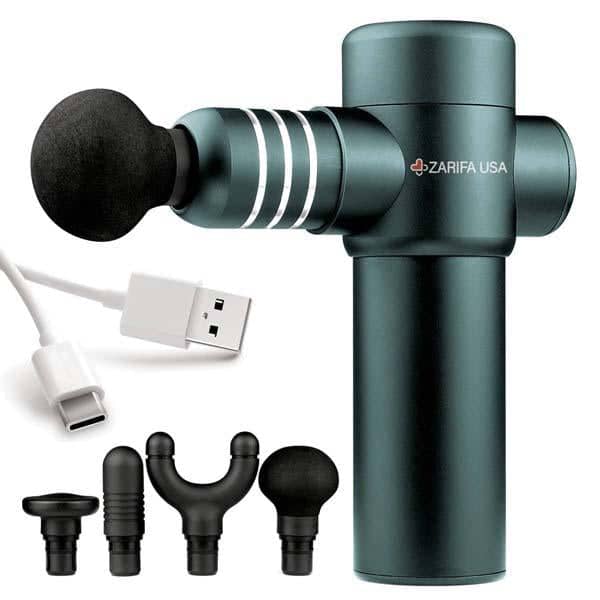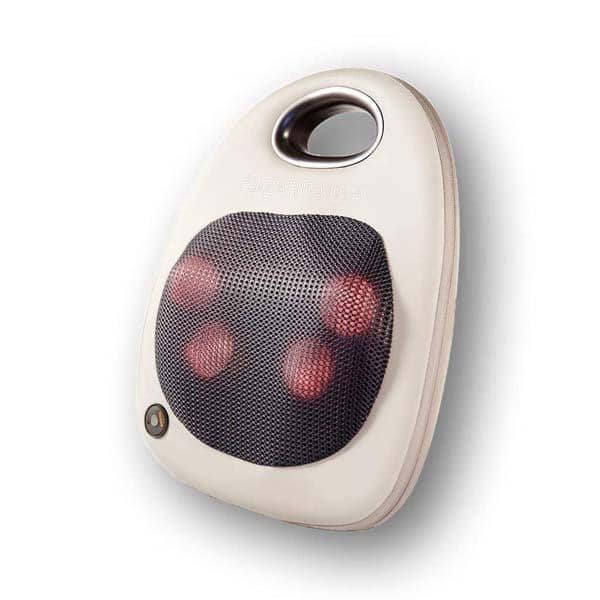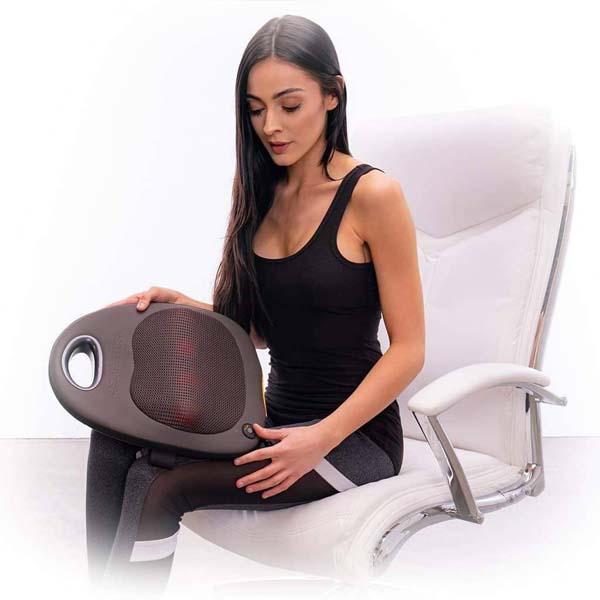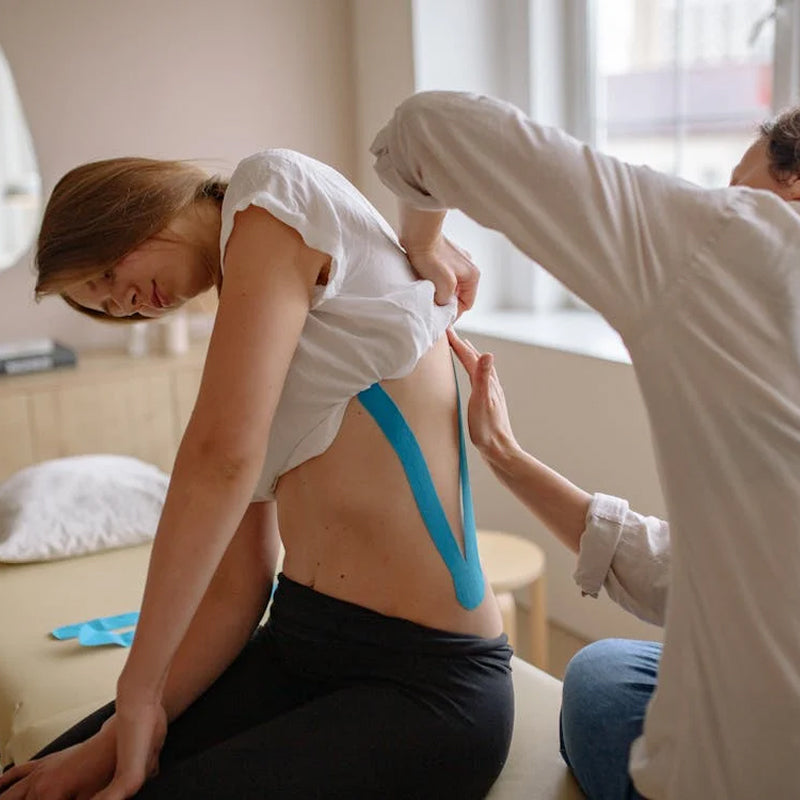TENS Unit: Effective Relief for Tennis Elbow
This article delves into the origins, signs, and different remedies for tennis elbow—a type of repetitive strain injury resulting from forearm muscles and tendons being excessively utilized, leading to discomfort in the vicinity of the elbow joint. It is prevalent among sportspeople and those employed in occupations requiring repeated arm motion. Special emphasis is placed on employing TENS units as a potent method for alleviating pain associated with this condition.
Key Takeaways
-
Tennis elbow, or lateral epicondylitis, is a form of tendinitis caused by repetitive motion and muscle strain, affecting more than just tennis players, and leading to pain in the elbow, forearm, and wrist.
-
A TENS unit can provide pain relief for tennis elbow by sending electrical pulses to block pain signals and promote the production of endorphins, complementing physical therapy without the need for medication.
-
Proper use of a TENS unit for tennis elbow includes correct electrode placement, adjusting settings to desired intensity, and maintaining appropriate frequency of use to avoid diminishing efficacy over time.
1 Understanding Tennis Elbow
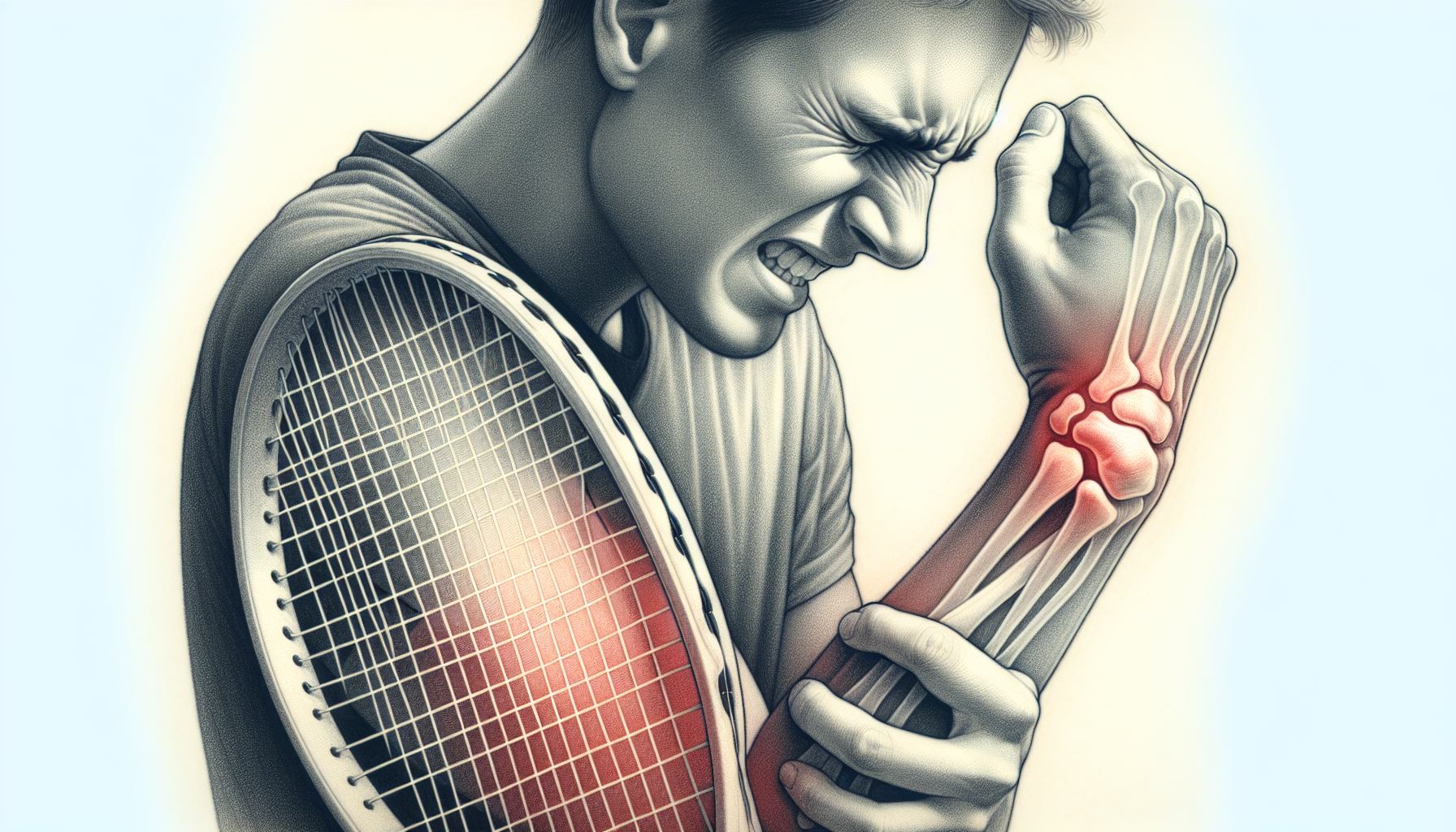
The label “tennis elbow” often brings to mind athletes gripping their arms in discomfort. Yet, individuals who do not play tennis may also suffer from this affliction. Tennis elbow or lateral epicondylitis arises from repetitive movements that can cause severe pain in the elbow area and is a type of tendinitis. Early identification of symptoms associated with tennis elbow allows for timely intervention. Activities such as an intense backhand swing on the court or continuous guitar playing might lead to significant limitations due to pain experienced at the affected part of the arm.
Excessive use of the forearm’s extensor muscles leads to developing tennis elbow, which isn’t limited to sports but can arise out of mundane activities like painting, artwork, or cooking involving chopping food items. Tennis elbow is an overuse injury that can result from various activities. The symptomatology includes sensations ranging from pain at the elbow to discomfort extending through one’s wrist, which can exacerbate if one continues engaging in irritating tasks. Identifying causative factors alongside recognizable signs is a crucial step toward selecting a proper management strategy to combat the condition.
How a TENS Unit Can Help With Tennis Elbow

Imagine a solution that targets the discomfort right at its source without the need for pills or potions. At this juncture, transcutaneous electrical nerve stimulation (TENS) becomes quite relevant. A TENS unit can send soothing electrical pulses through the skin to the nerves underpinning the elbow pain. This nerve stimulation not only helps relieve pain, but can also encourage the body’s natural production of endorphins—our internal painkillers.
TENS therapy, a noninvasive technique, could complement physical therapy in treating tennis elbow. By blocking the pain signals before they reach the brain, TENS units can reduce pain and potentially restore function in the affected area. It’s a technique that has revolutionized the way we approach pain management, offering a beacon of hope for those who develop tennis elbow and seek relief without the risks associated with medication.
Using a TENS Unit for Tennis Elbow Relief
Utilizing a TENS unit effectively for alleviating tennis elbow pain requires more than simply activating the device. Proper electrode placement is crucial, as is adjusting the settings to deliver effective electrical impulses that match your personal comfort level and determining the best frequency of use to gain maximum advantage from TENS therapy.
Let’s delve into how to tailor your use of a TENS unit in order to fully harness its therapeutic potential for tennis elbow treatment.
Proper Electrode Placement
Proper electrode placement is crucial for the efficacy of a TENS unit, especially when targeting pain in cases such as tennis elbow. It’s important to avoid positioning these adhesive pads right on the elbow joint. Instead, they should be applied around the sore region. The best configuration usually includes placing electrodes across both muscle areas of the forearm and upper arm so that they form an overlapping pattern encompassing the area experiencing discomfort.
While it might seem easy to just stick electrodes close to where you’re feeling pain, obtaining professional guidance can significantly improve your results. Health professionals are equipped with knowledge about optimal electrode arrangement, which can greatly enhance your TENS therapy by optimizing its ability to alleviate pain as part of an effective pain management strategy.
Recommended Settings
Once the electrodes are properly affixed, it’s time to fine-tune your TENS unit for maximum pain relief effectiveness. The settings recommended are as follows:
-
Frequency: For acute pain, aim between 80 and 120 Hz.
-
Pulse Width: Maintain a setting near 200μs to remain comfortable.
-
Intensity: This controls how strong the electrical impulses feel. You want this set just high enough so that there is a noticeable tingling sensation but not so much that it causes skin irritation or discomfort. Adjust the intensity to just below your pain threshold for optimal results.
The goal here is to generate an intense but tolerable feeling capable of disrupting the usual transmission of pain signals from our spinal cord up to our brain. Tailoring these parameters, potentially with assistance from the instruction manual of your TENS device, can greatly increase its efficacy in managing acute pain.
Frequency of Use
TENS therapy offers a considerable degree of flexibility regarding treatment sessions. Many individuals experience significant relief from pain with 15 to 30-minute sessions that can be carried out several times throughout the day. For instances of acute pain, such as an unexpected occurrence of tennis elbow, using a TENS unit for durations extending up to one hour and repeated up to four times a day may prove beneficial. TENS therapy serves as an effective strategy in managing enduring chronic pain.
Nevertheless, over time your body might become accustomed to the feeling delivered by the TENS device, which could lead to diminished results. To counteract this possibility, it’s advisable you might want either intensify gradually or alter the electrodes’ placement with each subsequent session. Remember always give your skin adequate breaks between treatments in order to avoid irritation and preserve the efficacy of your TENS therapy for ongoing comfort management.
Additional Therapies for Tennis Elbow

TENS units provide one option for mitigating elbow pain, but they are not the singular solution. Physical therapy serves as a fundamental non-surgical approach that equips patients with targeted stretches and rehabilitation exercises to fortify the area around the elbow. Altering everyday activities to reduce stress on the elbow can significantly improve symptom management.
In attempts to rectify tennis elbow, some individuals may resort to therapies like corticosteroid injections for rapid relief from discomfort. Another advanced treatment is extracorporeal shock wave therapy, which employs sound waves in assisting tissue repair processes. Nevertheless, it’s important to recognize that surgery usually stands as a final alternative and is seldom required unless other strategies do not yield results.
Safety Considerations When Using a TENS Unit

TENS therapy can be a powerful ally in your fight against tennis elbow, but it’s not without its rules of engagement. Here are some important considerations:
-
Consulting with a healthcare provider prior to use is paramount, especially for those with specific health conditions like epilepsy or heart problems, to understand any contraindications.
-
Pregnant women should also exercise caution when using TENS therapy.
-
Individuals with pacemakers must steer clear of TENS altogether.
Safety extends beyond personal health considerations to how you use the device. Avoid placing electrodes on sensitive areas like the front of the neck or over the eyes, as this can lead to unwanted side effects such as lowered blood pressure or increased eye pressure. And although the TENS unit delivers therapeutic electrical doses, cranking it to the highest setting is not advised due to the potential for discomfort and surprise, even if it’s unlikely to cause harm.
Benefits and Potential Side Effects of Transcutaneous Electrical Nerve Stimulation Therapy
TENS therapy, when applied correctly using a TENS machine, can be an incredibly effective pain management tool. A single treatment session has the potential to alleviate pain for up to four hours, and it frequently results in patients having less reliance on medications for pain relief. This is particularly advantageous for individuals concerned about becoming dependent on or dealing with the side effects of prescription drugs.
It’s important to be aware of possible side effects that come with this form of pain management. These might include:
-
Skin irritation due largely to the adhesive found on electrode pads
-
An innocuous buzzing or tingling during use
-
Muscle twitching which could possibly cause fatigue or discomfort if it continues
Speaking, such side effects are minor and short-lived. Should severe or prolonged reactions occur though, seeking advice from a healthcare professional is advised.
Research Findings on TENS and Tennis Elbow
Scientific scrutiny and clinical trials have put the effectiveness of TENS therapy to the test for conditions like tennis elbow, yielding mixed research outcomes. Some investigations have recognized short-term relief, but cautioned that these benefits seem not to endure after a half-year mark. One specific study highlighted that engaging in daily sessions lasting 45 minutes each over a period of six weeks could lead to considerable mitigation of pain in the elbow.
In contrast, findings from a systematic review and meta-analysis conducted in 2023 reveal an alternative narrative. The analysis determined that when compared with no treatment at all, TENS failed to make any notable difference in easing pain or enhancing function for individuals suffering from lateral epicondylitis. This highlights an imperative call for more expansive research aimed at clarifying TENS’s potential as a long-standing therapeutic option specifically for treating tennis elbow discomforts.
Tips for Buying a TENS Unit
When considering the purchase of a TENS unit for pain management, it’s important to weigh several factors to ensure you get a model that meets your needs. The ability to utilize dual channels is beneficial as it allows for the attachment and use of up to four electrode pads simultaneously. Having various modes enables you to tailor the electrical pulses according not only to different situations, but also to different types of pain.
The longevity of battery life should be taken into account. Devices fitted with lithium-ion batteries are often higher in quality and may provide weeks’ worth of usage before there’s a need to recharge them. It’s crucial to check for FDA approval when selecting your device—this serves as an indication that the unit is safe and effective, which is especially pertinent if you have any type or sort of metal implant or rely on other electrical implants within your body. Lastly, consider the overall financial commitment by including in your calculations not just the price tag on both replacement patches and batteries alongside that initial cost associated with acquiring a tens unit itself.
Cleaning and Maintenance of Your TENS Unit
A proper maintenance routine is essential to preserve both the efficiency and durability of your TENS unit. Ensure that you switch off the device and disconnect the lead wires before initiating any cleaning process. To clean, lightly dampen a cloth and gently wipe down the unit, steering clear of alcohol-based cleaners which could be harmful.
To safeguard its electronic parts and prolong its serviceable life, keep your TENS device in an environment that is both cool and moisture-free. Should there be a foreseeable pause in usage for a considerable length of time, it’s prudent to take out the batteries to avoid potential harm from battery acid leakage.
Summary
In summary, the distressing effects of tennis elbow can be quite disruptive to everyday life. Pain management is achievable with proven methods like TENS units, an effective pain relief method for tennis elbow that provides specialized pain relief by means of electrical impulses.
Exploring TENS therapy thoroughly—including its operation, proper application techniques, supplementary treatments and necessary safety measures—reveals a comprehensive strategy often yields optimal results. Armed with appropriate understanding and resources for treatment, there’s ample cause for optimism in alleviating discomfort caused by tennis elbow.
Frequently Asked Questions
What exactly is tennis elbow, and how is it caused?
Lateral epicondylitis, often referred to as tennis elbow, results from the excessive use of forearm extensor muscles. This overuse, often due to repetitive motion tasks, triggers inflammation and discomfort in the area around the elbow.
The condition frequently stems from repetitive tasks related to sports, playing musical instruments or engaging in manual labor which strain these muscles regularly.
Can a TENS unit provide immediate relief for tennis elbow?
Indeed, a TENS unit is capable of delivering prompt relief from pain associated with tennis elbow and can aid in restoring strength and flexibility to the area impacted by discomfort.
How often can I safely use a TENS unit for tennis elbow?
A TENS unit can be employed securely to alleviate tennis elbow, and it may be used up to four times daily. Each session should last between 15-30 minutes with intervals in between to safeguard your skin.
Are there other effective treatments for tennis elbow besides TENS therapy?
Indeed, for tennis elbow, other potent treatment options consist of physical therapy, adjusting activities, and occasionally utilizing corticosteroid injections or shock wave therapy.
Exploring a variety of solutions is crucial to identify the most beneficial treatment tailored to your unique circumstances.
What should I look for when buying a TENS unit?
When purchasing a TENS unit, ensure it has functionalities such as dual channels and various modes, scrutinize the battery duration and confirm if it is FDA approved. Evaluate the quality of customer support along with the expense associated with supplementary accessories. These considerations will aid in acquiring a dependable and efficient TENS unit.

